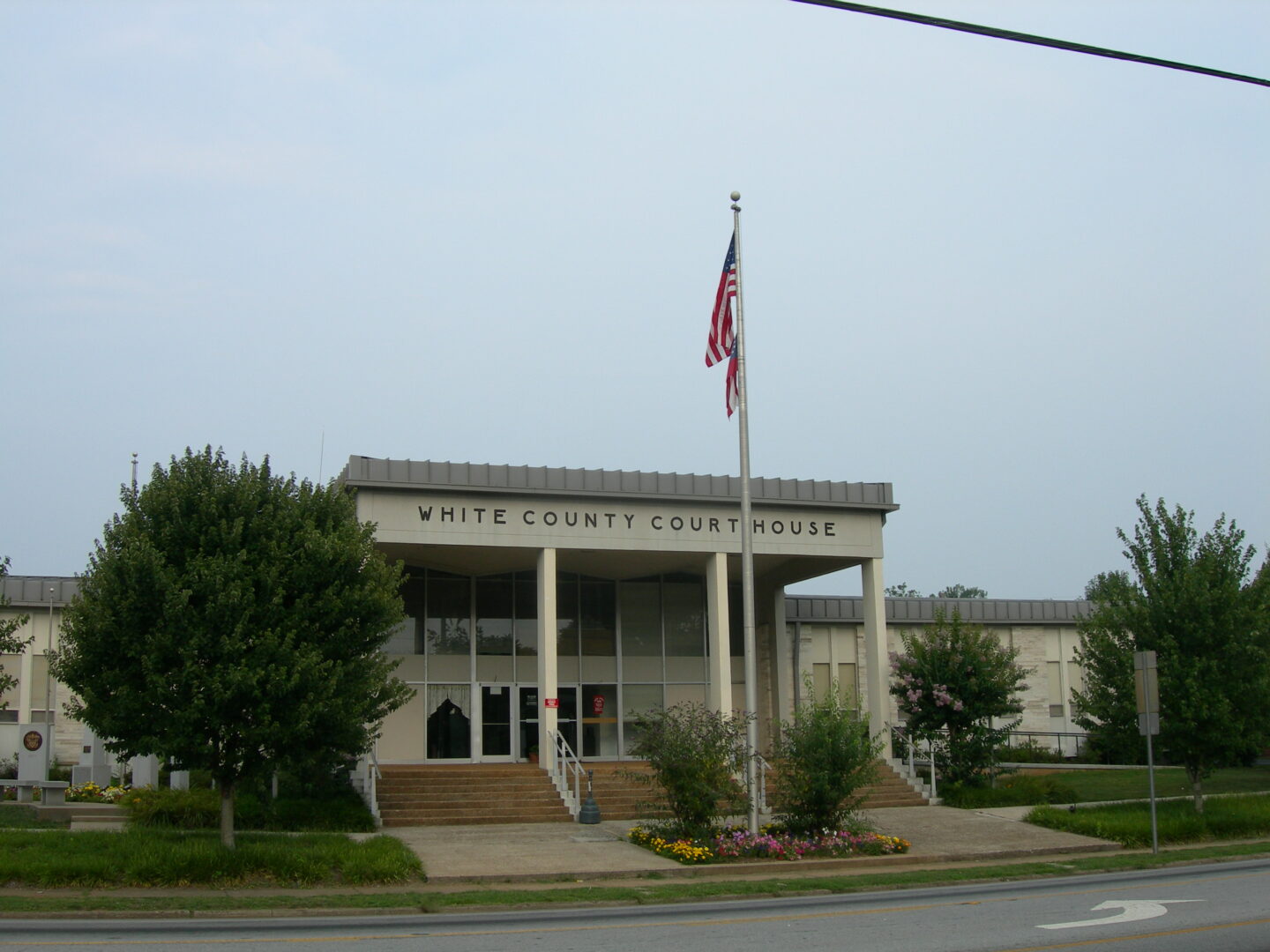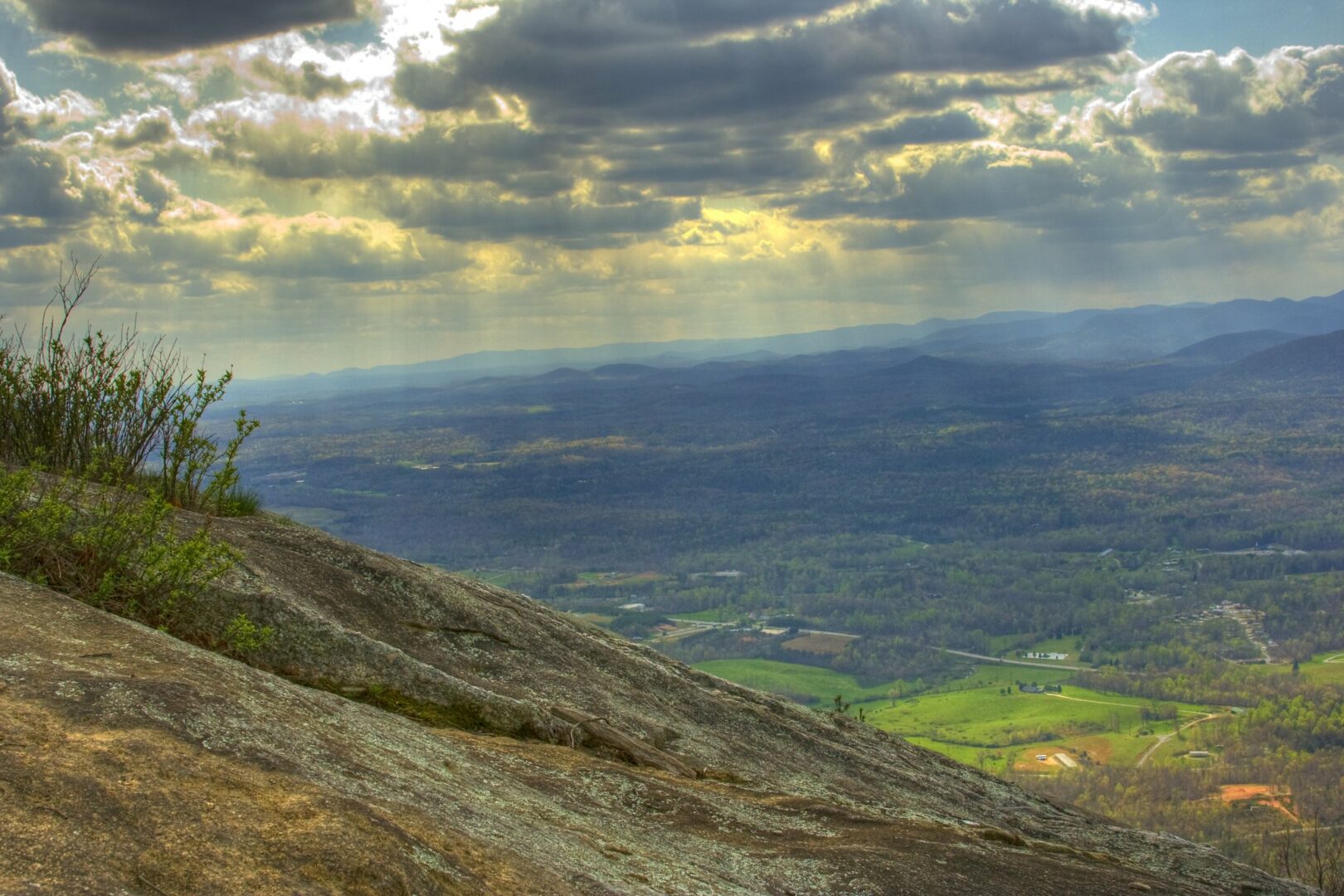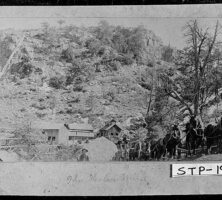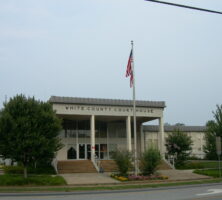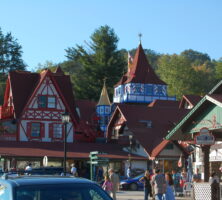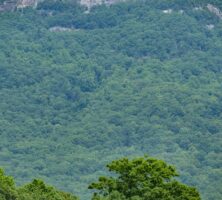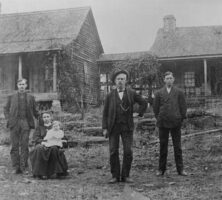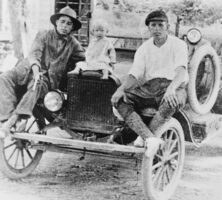White County, covering 242 square miles, is located on the eastern flank of the Appalachian Mountain chain approximately eighty miles northeast of Atlanta.
It encompasses most of the headwater streams of the Chattahoochee River and is thus a major source of Atlanta’s water supply. Georgia’s 123rd county, carved out of Habersham County by an act of the state legislature in 1857, was named for David White, a legislator from Newton County. He helped pass the bill that created White County.
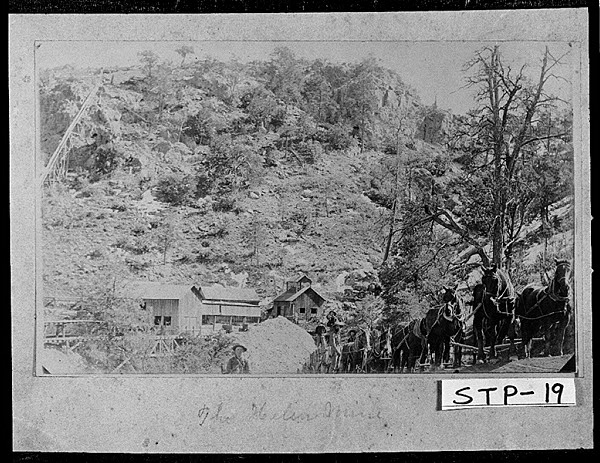
The first white settlers who came to the area, which once belonged to the Cherokee Indians, emigrated from nearby Georgia counties and from North Carolina, South Carolina, and Tennessee. Most settlers engaged in subsistence farming, as the mountainous terrain made it unsuitable for large-scale agricultural enterprises. In 1828 gold was discovered in the area of Duke’s Creek (now the Nacoochee River), launching a gold rush. Nine gold mines operated in the county, and gold mining continued for more than 100 years.
Cleveland was chosen for the county seat and named in honor of General Benjamin Cleveland, an early settler and a veteran of the War of 1812. A new courthouse of brick molded on the premises was constructed by enslaved laborers in 1859-60. Today the structure houses the White County Historical Society, a small museum, and a gift shop. The current courthouse was constructed in 1964. Truett McConnell University, a four-year liberal arts institution affiliated with the Georgia Baptist Convention, was established in Cleveland in 1946. Cleveland is also home to Babyland General Hospital, the whimsical birthplace of the dolls known as Cabbage Patch Kids.
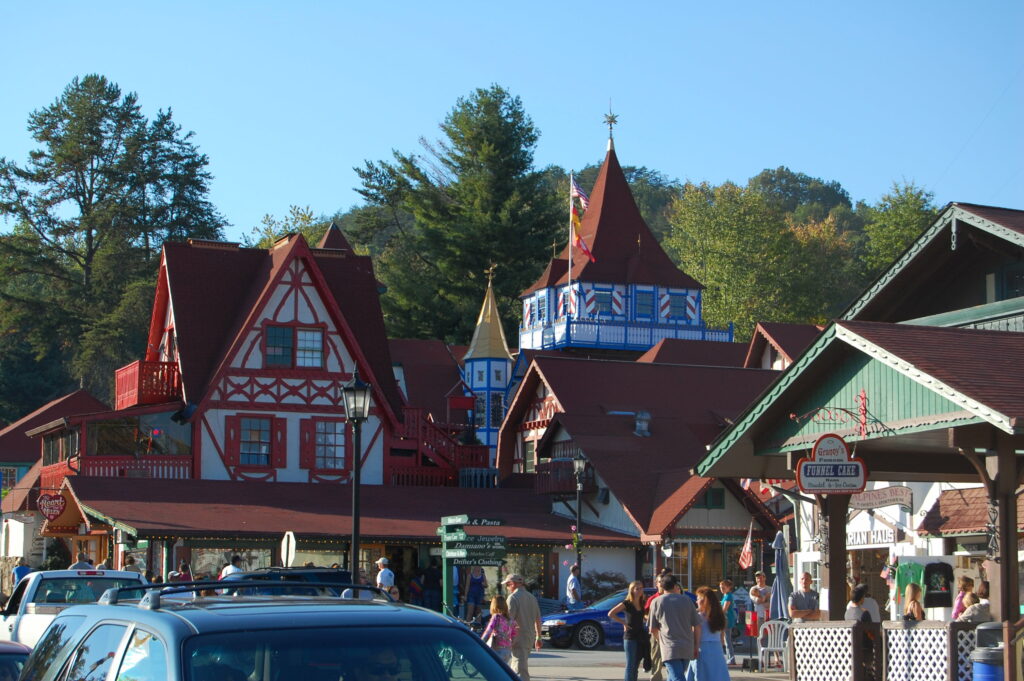
Helen, White County’s second town, grew up around a lumber mill established on the banks of the Chattahoochee River in 1911. The only railroad ever to serve White County, the Gainesville and Northwestern Railroad, was built to transport mill products. The railroad went out of business in the early 1930s. Following a long decline, Helen experienced a renewal in 1969 when a group of local entrepreneurs transformed it into a look-alike Bavarian village. Since that time Helen has become one of the largest tourist attractions in the state. Helen is also the site of one of the nation’s largest Oktoberfest celebrations.
Other tourist sites in White County include the Chattahoochee National Forest, through which the Appalachian Trail runs; Unicoi State Park; Smithgall Woods Conservation Area, which offers educational programs and which houses the remnants of Georgia’s earliest gold mines; and the Sautee Nacoochee Community Association in Nacoochee Valley, which features an art school, an art gallery, a theater program, an environmental concerns group, and a history museum. It also sponsors the annual Echota Performing Arts Festival.
According to the 2020 U.S. census, the population of the county was 28,003, an increase from the 2010 population of 27,144. The population increased by 53 percent between 1990 and 2000, with retirees making up a large part of the increase.





